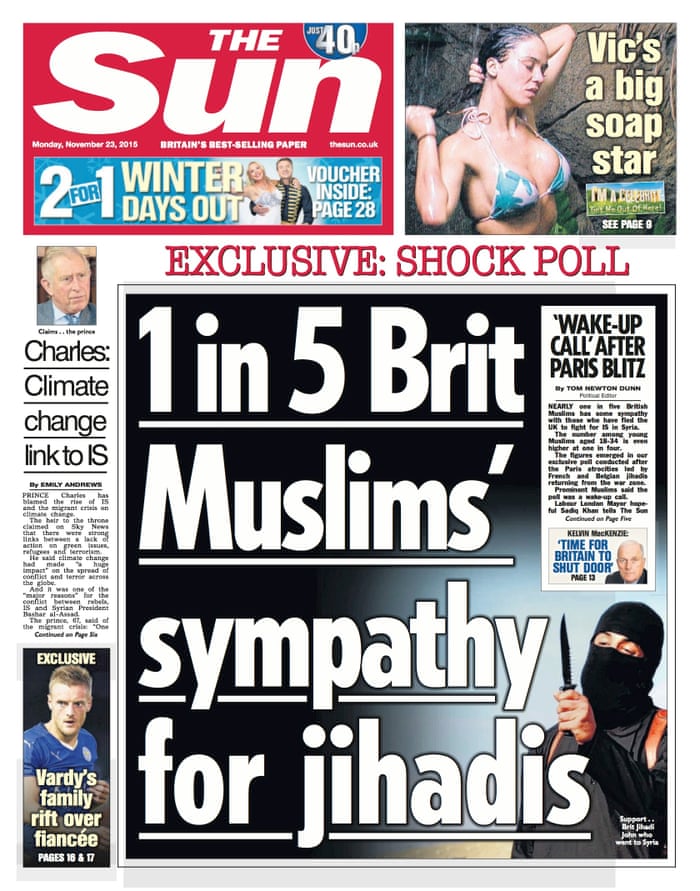HERE ARE THE QUESTIONS AND ALSO THE MARKSCHEME FOR THE ASSESSMENT:

LANGUAGE
With
reference to the TV drama poster, answer questions 1-3
Q1: How is media language used to create meaning?
With reference to Media Language
– Camera, Mise En Scene, Denotation, Connotation, Layout, Colour, Text
Q2. Who is the target audience and how do you know?
Q3. What are the various readings and interpretations of the advert?
(40)
GENRE
Q4:
What is genre? How does the theorist Steve Neale define genre? What codes and conventions are used to
identify genre?
Give examples of media texts to support your answer.
(25)
INDUSTRY
Q5. With reference to the industry you have researched and presented:
·
How far do you agree with Curran and Seaton's ideas that media
concentration generally limits or inhibits variety, creativity
and quality?
·
How have advances in technology
affected the distribution and consumption of the media products?
·
How is the media industry you have
studied regulated and are there any areas which you think may be hard to
enforce?
(35)
MARK SCHEME
Questions 1-3 Media
Language (40)
(Comprehensive 28-40,
Adequate 18-27, Minimal 1-17, 0 No response or no response worthy of credit)
·
Comprehensive, detailed and accurate application
of knowledge and understanding of
Media language to analyse source A.
·
Explaining how the media language fits these
conventions, mise en scene to include layout, typography
·
Convincing, perceptive and accurate analysis of
representations in Source A, which consistently provides logical connections
and a good line of reasoning.
·
Reference to Source is detailed and accurate.
·
Target audience defined by main character,
themes, title of programme, genre, channel 4, Sunday night at 9pm (school
night). Sponsored by Lexus.
Question 4 Genre (25)
(Comprehensive 17-25,
Adequate 10-16, Minimal 1-9, 0 No response or no response worthy of credit)
·
Precise and relevant reference to Steve Neale’s
genre theory – repetition and difference / hybrid
·
Comprehensive, detailed and accurate application
of knowledge and understanding with media examples of codes and convention of
genre (ie. DISTINCT)
Question 5 Industry
(35)
(Comprehensive 22-35,
Adequate 11-21, Minimal 1-10, 0 No response or no response worthy of credit)
·
A comprehensive response to the set question.
·
A comprehensive and accurate knowledge and
understanding of the industry studied
·
Answer is supported by detailed and accurate
reference to Curran and Seaton.
·
Clear and precise and balanced explanation of
the impact of digitally convergent media platforms on production, distribution
and consumption
Cameras, editing techniques, special effects,
marketing tricks online, clever campaigns that go viral, cinemas 3D, super
screen, IMAX, 4D, screen X for film for eg
Podcasts, social media, interactive
websites, comments etc
·
Answer is supported by generally accurate
reference to the regulation of industry studied.
ASSESSMENT
1A - GBHS MEDIA STUDIES A LEVEL Marksheet
Name: Regan
Boyle Date: 29/10/2018
Mark:
62
AO1: Demonstrate knowledge and
understanding of the theoretical framework of media and contexts of media and
their influence
AO2 Apply knowledge and understanding of
the theoretical framework of media to:
Analyse media products/Evaluate
academic theories/ Make judgements and draw conclusions
Level
3
57+
A/B
|
·
A comprehensive response to the set question
·
Comprehensive and
accurate knowledge and understanding
·
Convincing, perceptive and accurate analysis
·
Convincing, perceptive and accurate evaluation
·
Highly developed and accomplished judgements
and conclusions
The
response demonstrates a highly developed and detailed line of reasoning which
is coherent and logically structured. The information presented is entirely
relevant and substantiated.
|
Level
2
40-56
C/D
|
·
An adequate response to the set question
·
Adequate and generally accurate knowledge and understanding
·
Adequate and generally successful analysis
·
Adequate and
generally successful evaluation
·
Adequate and
generally well-reasoned judgements and conclusions
The
response demonstrates a line of reasoning with some structure. The
information presented is in the most part relevant and supported by some
evidence.
|
Level
1
Up
to 40
D/U
|
·
A minimal response to the set question
·
Minimal application of knowledge and understanding
·
Analysis is minimal
and/or largely descriptive and may not be relevant
·
Evaluation is
minimal or brief, and is likely to be largely descriptive
·
Judgements and
conclusions, if present, are minimal with limited support
·
Information
presented is basic and may be ambiguous or unstructured. The information is
supported by limited evidence.
|
Identify a strength or strengths in
your assessment:
I did well when answering the whole
section on media language because out of the possible 40 marks on those 3
questions, I got 36. Therefore, I only lost 4 marks on this section. I think
that this is because a lot more time was spent on media language and I found
it more interesting to learn (especially as it was the first thing large
topic that I learnt when being introduced to A – Level Media).
What are the areas you need to improve?
I need to improve my knowledge on the
theorists because I knew that Steve Neale was to do with genre but I didn’t remember
anything else about him.
What do you need to focus on for your
next assessment?
I need to focus more on the theorists and
also the industry as they were my weaker aspects of the assessment.
|




No comments:
Post a Comment